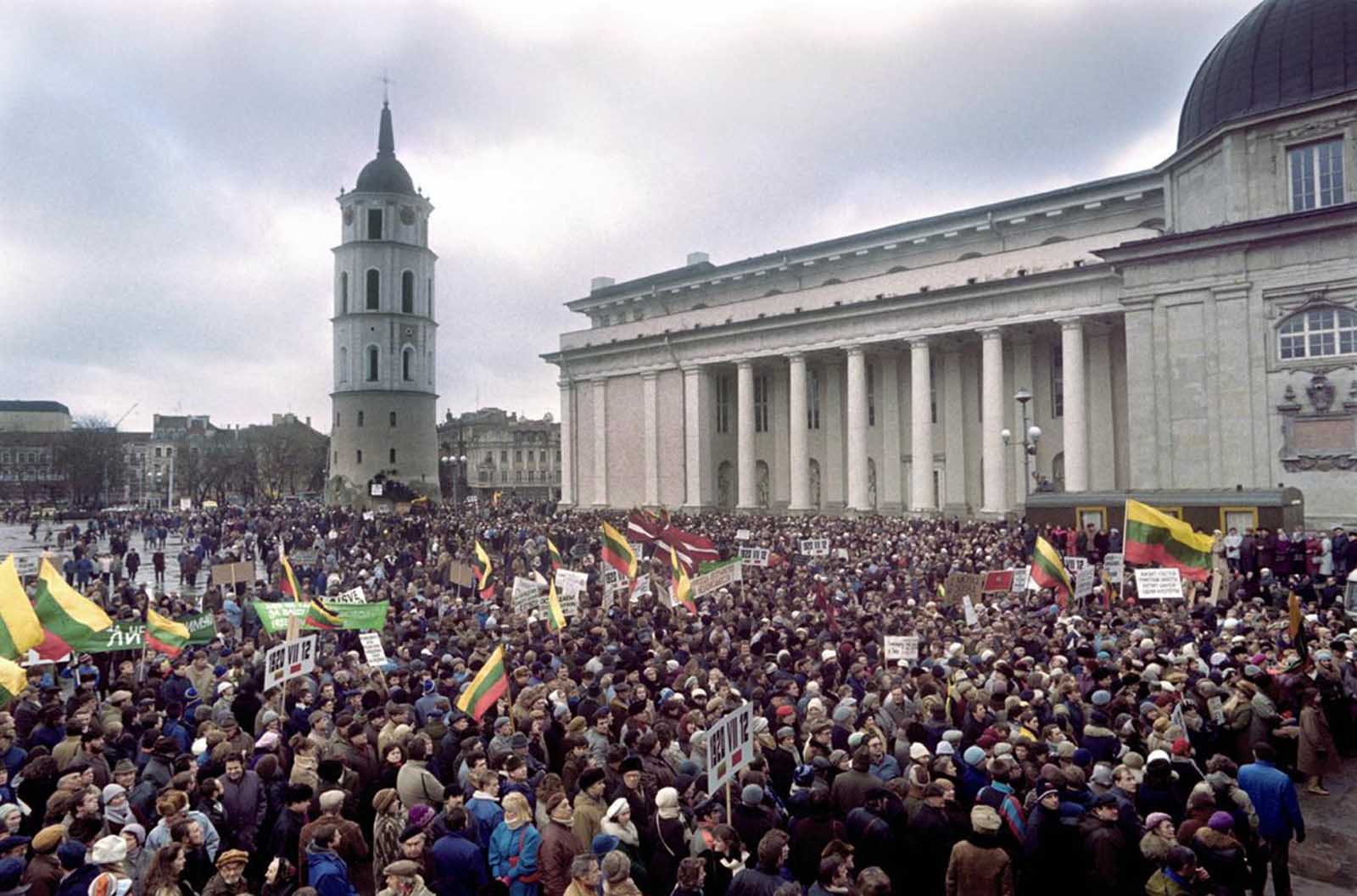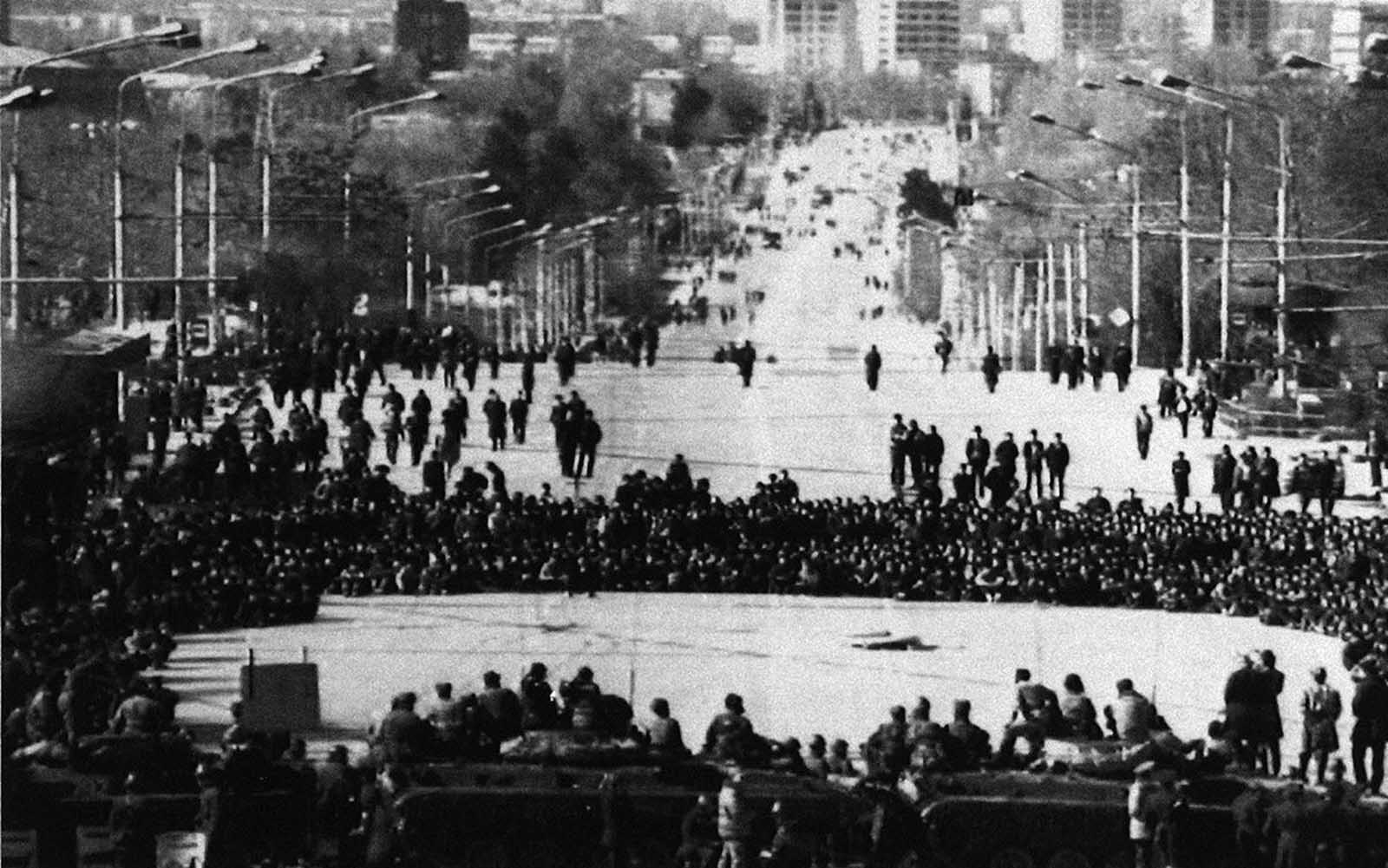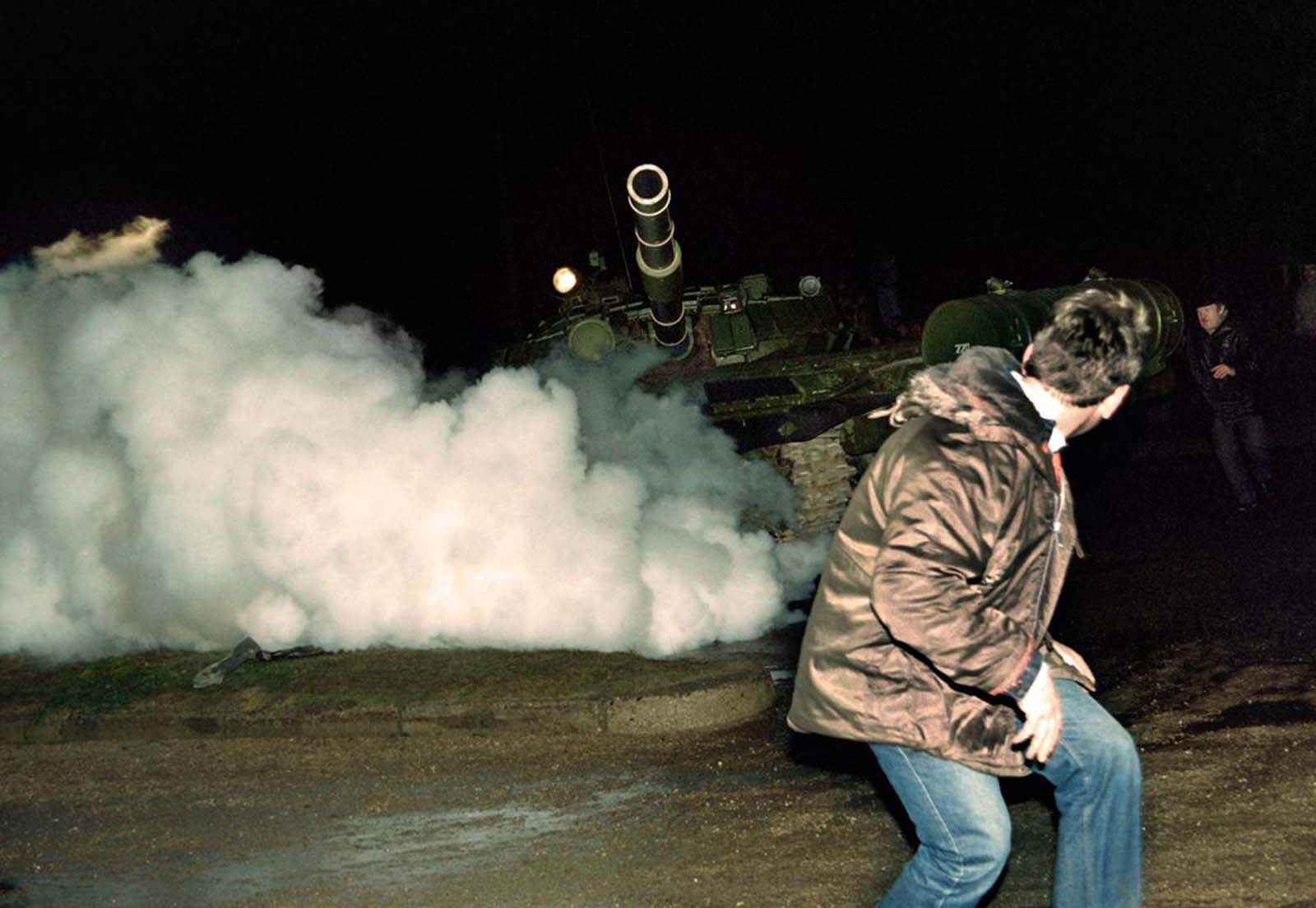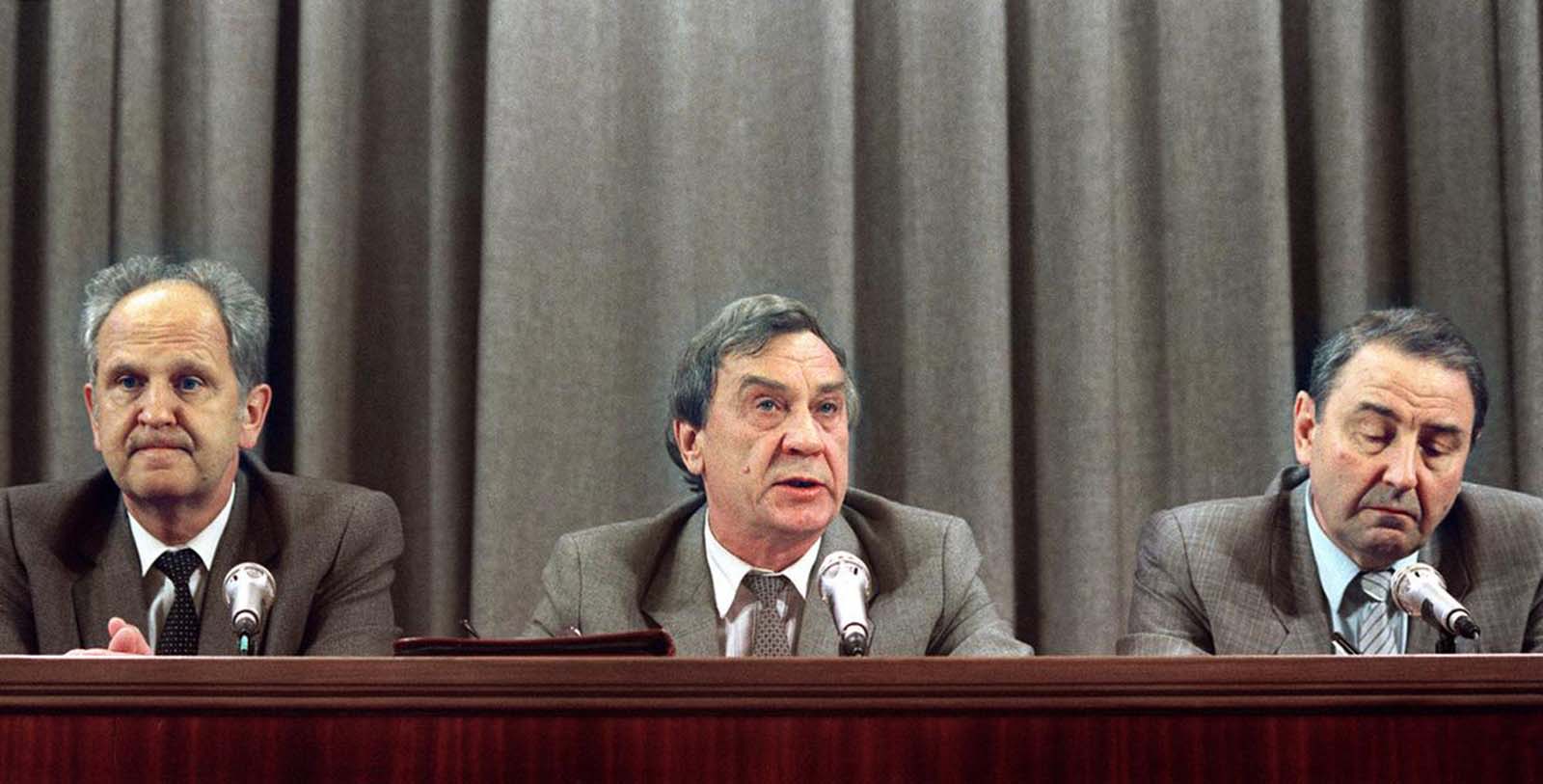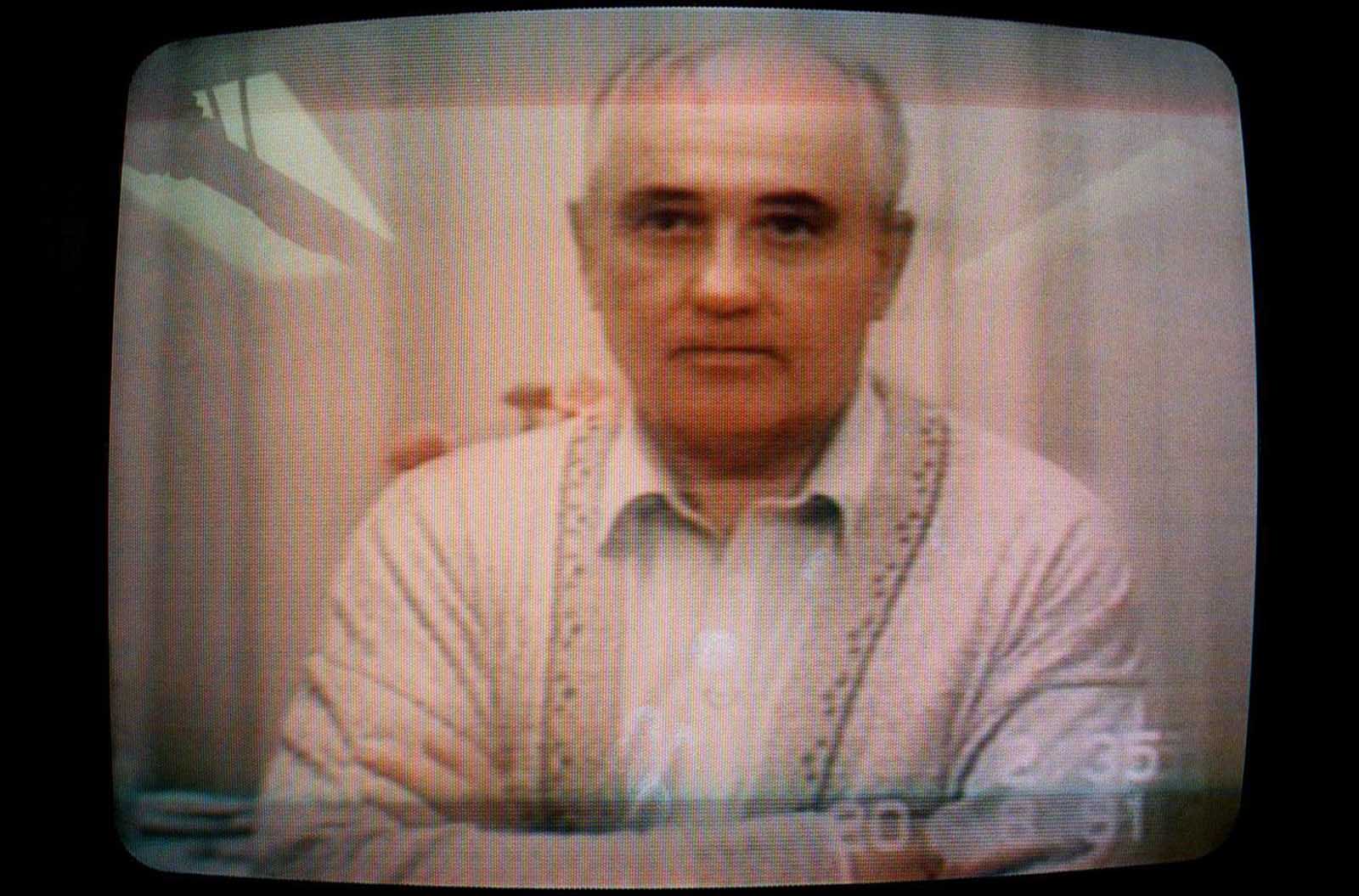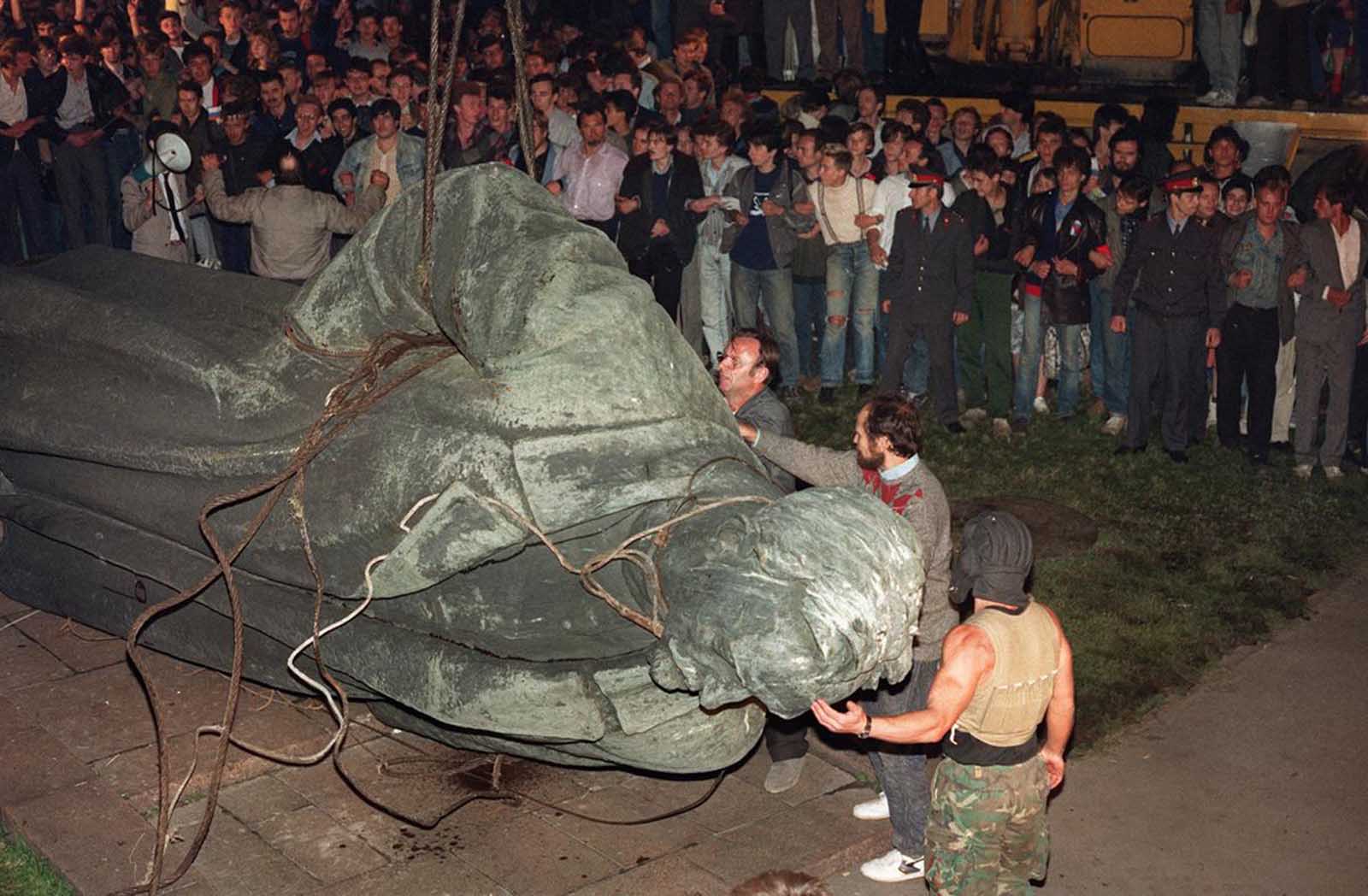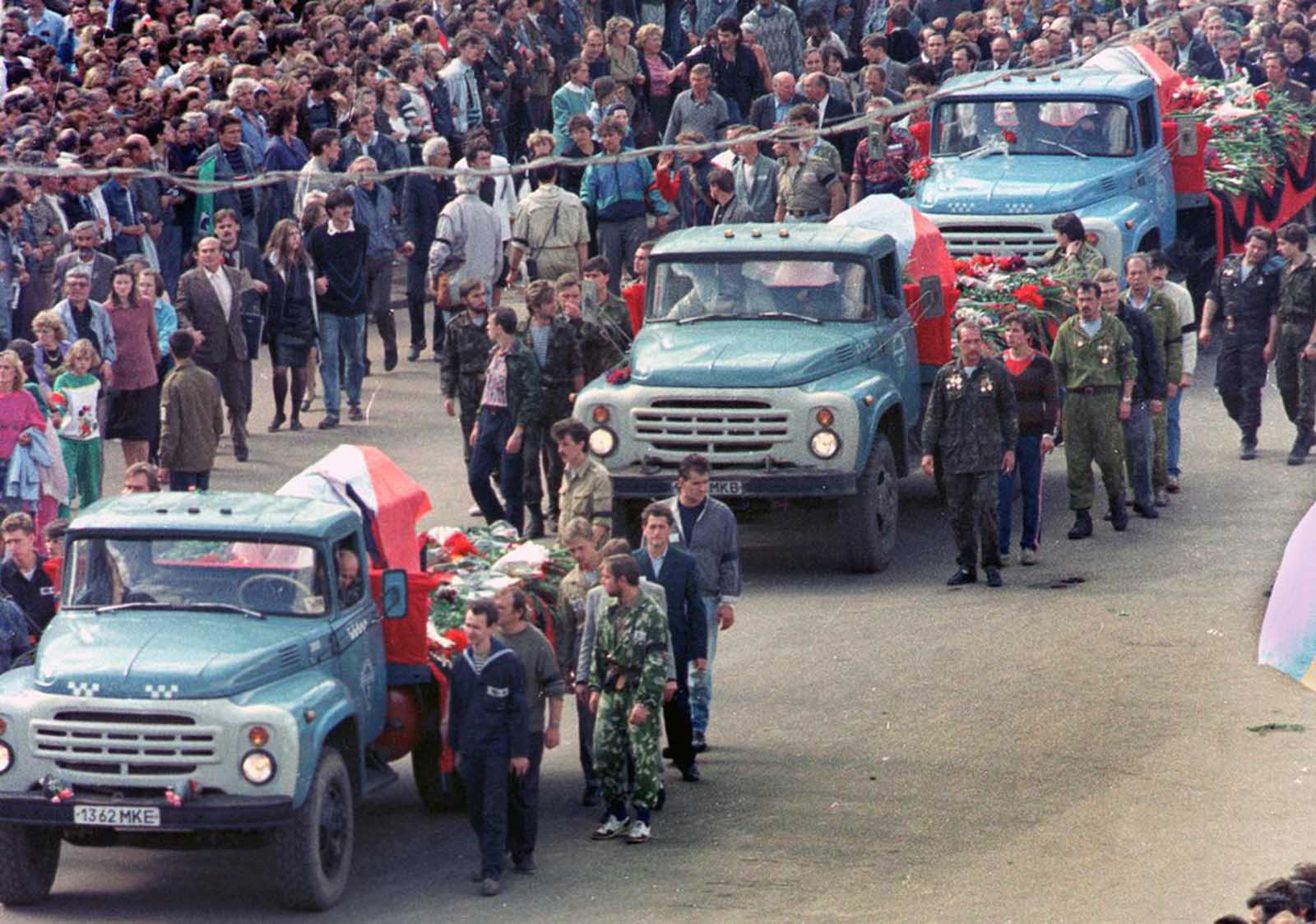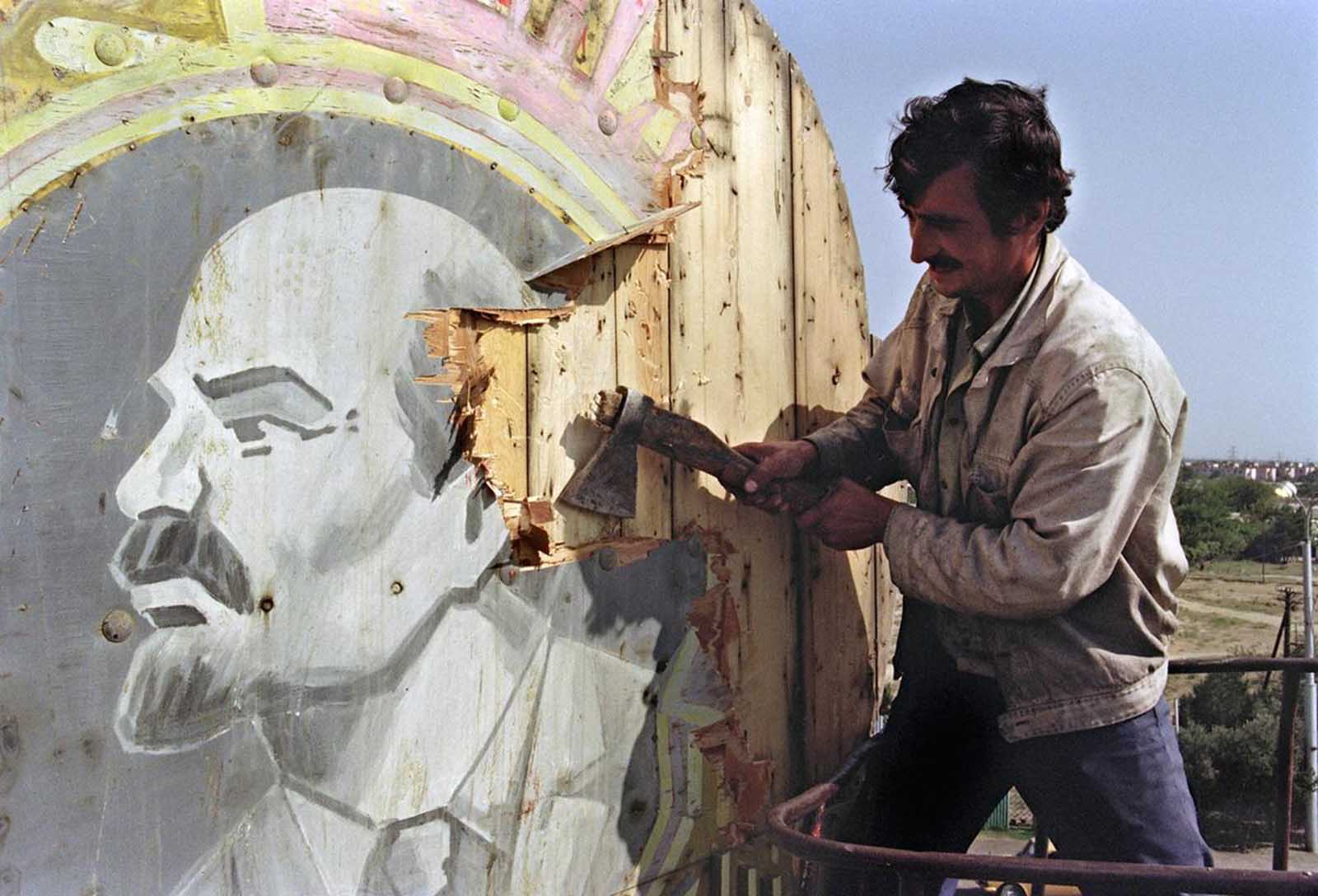Its collapse was hailed by the west as a victory for freedom, a triumph of democracy over totalitarianism, and evidence of the superiority of capitalism over socialism. The United States rejoiced as its formidable enemy was brought to its knees, thereby ending the Cold War which had hovered over these two superpowers since the end of World War II. Indeed, the breakup of the Soviet Union transformed the entire world’s political situation, leading to a complete reformulation of political, economic, and military alliances all over the globe. What led to this monumental historical event? In fact, the answer is a very complex one, and can only be arrived at with an understanding of the peculiar composition and history of the Soviet Union. The Soviet Union was built on approximately the same territory as the Russian Empire which it succeeded. After the Bolshevik Revolution of 1917, the newly-formed government developed a philosophy of socialism with the eventual and gradual transition to Communism. The state which the Bolsheviks created was intended to overcome national differences, and rather to create one monolithic state based on a centralized economical and political system. This state, which was built on a Communist ideology, was eventually transformed into a totalitarian state, in which the Communist leadership had complete control over the country. However, this project of creating a unified, centralized socialist state proved problematic for several reasons. First, the Soviets underestimated the degree to which the non-Russian ethnic groups in the country (which comprised more than fifty percent of the total population of the Soviet Union) would resist assimilation into a Russianized State. Second, their economic planning failed to meet the needs of the State, which was caught up in a vicious arms race with the United States. This led to gradual economic decline, eventually necessitating the need for reform. Finally, the ideology of Communism, which the Soviet Government worked to instill in the hearts and minds of its population, never took firm root, and eventually lost whatever influence it had originally carried. By the time of the 1985 rise to power of Mikhail Gorbachev, the Soviet Union’s last leader, the country was in a situation of severe stagnation, with deep economic and political problems which sorely needed to be addressed and overcome. Recognizing this, Gorbachev introduced a two-tiered policy of reform. On one level, he initiated a policy of glasnost, or freedom of speech. On the other level, he began a program of economic reform known as perestroika, or rebuilding. What Gorbachev did not realize was that by giving people complete freedom of expression, he was unwittingly unleashing emotions and political feelings that had been pent up for decades, and which proved to be extremely powerful when brought out into the open. Moreover, his policy of economic reform did not have the immediate results he had hoped for and had publicly predicted. The Soviet people consequently used their newly allotted freedom of speech to criticize Gorbachev for his failure to improve the economy. The disintegration of the Soviet Union began on the peripheries, in the non-Russian areas. The first region to produce mass, organized dissent was the Baltic region, where, in 1987, the government of Estonia demanded autonomy. This move was later followed by similar moves in Lithuania and Latvia, the other two Baltic republics. The nationalist movements in the Baltics constituted a strong challenge to Gorbachev’s policy of glasnost. He did not want to crack down too severely on the participants in these movements, yet at the same time, it became increasingly evident that allowing them to run their course would spell disaster for the Soviet Union, which would completely collapse if all of the periphery republics were to demand independence. After the initiative from Estonia, similar movements sprang up all over the former Soviet Union. In the Transcaucasus region (in the South of the Soviet Union), a movement developed inside the Armenian-populated autonomous region of Nagorno-Karabagh, in the Republic of Azerbaijan. The Armenian population of this region demanded that they be granted the right to secede and join the Republic of Armenia, with whose population they were ethnically linked. Massive demonstrations were held in Armenia in solidarity with the secessionists in Nagorno-Karabagh. The Gorbachev government refused to allow the population of Nagorno-Karabagh to secede, and the situation developed into a violent territorial dispute, eventually degenerating into an all-out war that continues unabated until the present day. Once this “Pandora’s box” had been opened, nationalist movements emerged in Georgia, Ukraine, Moldova, Byelorussia, and the Central Asian republics. The power of the Central Government was considerably weakened by these movements; they could no longer rely on the cooperation of Government figures in the republics. Finally, the situation came to a head in August of 1991. In a last-ditch effort to save the Soviet Union, which was floundering under the impact of the political movements which had emerged since the implementation of Gorbachev’s glasnost, a group of “hard-line” Communists organized a coup d’etat. They kidnapped Gorbachev, and then, on August 19 of 1991, they announced on state television that Gorbachev was very ill and would no longer be able to govern. The country went into an uproar. Massive protests were staged in Moscow, Leningrad, and many of the other major cities of the Soviet Union. When the coup organizers tried to bring in the military to quell the protestors, the soldiers themselves rebelled, saying that they could not fire on their fellow countrymen. After three days of massive protest, the coup organizers surrendered, realizing that without the cooperation of the military, they did not have the power to overcome the power of the entire population of the country. After the failed coup attempt, it was only a few months until the Soviet Union completely collapsed. Both the government and the people realized that there was no way to turn back the clock; the massive demonstrations of the “August days” had demonstrated that the population would accept nothing less than democracy. Gorbachev conceded power, realizing that he could no longer contain the power of the population. On December 25, 1991, he resigned. By January of 1992, by popular demand, the Soviet Union ceased to exist. Collected here are photos from those tumultuous months. (Photo credit: AFP / AP Photos / Museum of Cold War). Notify me of new posts by email.
Δ Subscribe

